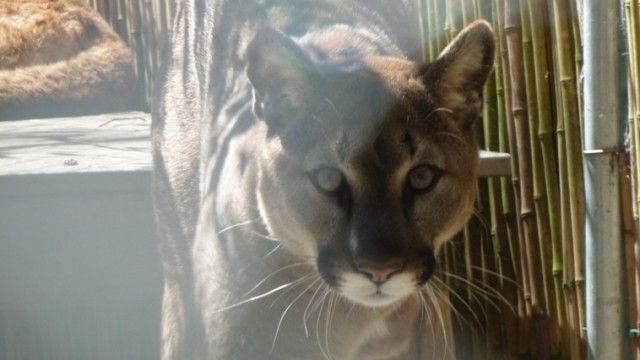
Two years ago, a stellar cast of ecologists changed the way conservation scientists think about biodiversity. As we tumble headlong into the sixth great extinction, biologists have focused largely on protecting regions with the highest number of species. By saving the most species, the thinking goes, you’ll conserve the greatest number of ecological interactions and so the greatest biodiversity. But in a study that drew on ecological theory and contemporary studies of apex predators like wolves and pumas, the all-star team of ecologists found that some species matter more than others. Losing top predators, they argued, can have far-reaching, irreversible effects on the structure, function and biodiversity of ecosystems.
Ecological theory predicts that changes in the abundance and distribution of top predators can cause substantial shifts in ecosystems. And recent studies—many published in the new millennium—have shown how theoretical predictions play out on the landscape. The collapse of sea otter populations on Amchitka Island in the Aleutian Islands decimated kelp forests by allowing unfettered expansion of sea urchins, the otters’ main food. The loss of wolves in Yellowstone’s Lamar River Valley famously allowed elk to forage with abandon, arresting the development of streamside willows and other riparian vegetation. In Venezuela, forests without jaguars, pumas and eagles had almost no vegetative underbrush compared to the lush understory in forests where predators kept ungulate herbivores in check.
But, according to the study, the loss of large top predators can also lead to soaring rates of wildfires, infectious disease and carbon emissions, and degrade water quality and nutrient cycles.
These “top down” trophic cascades, which the ecologists dubbed “trophic downgrading,” have been documented from the poles to the equators and every major biome in between, making the loss of top predators, they wrote, “arguably humankind’s most pervasive influence on the natural world." Earth has weathered five mass extinctions but never before at the hands of one species—human beings. And we humans seem hell bent on clearing the Earth of larger bodied apex predators.
I considered all this as I read a new paper from wildlife ecologist Chris Wilmer’s lab (published last week in PLOS ONE) that looks at how human development affects pumas. Like most large carnivores, pumas need vast territories to hunt, find mates and raise young. Pumas living in the San Francisco Bay Area have no such luck. Wilmers, an associate professor of environmental studies at the University of California-Santa Cruz, has been studying the effects of habitat fragmentation on the behavior, ecology and even the physiology of pumas around the Santa Cruz Mountains. He develops cutting-edge GPS collars to track both the location and behavior of his animals.